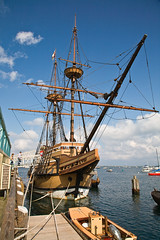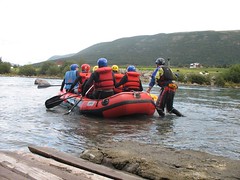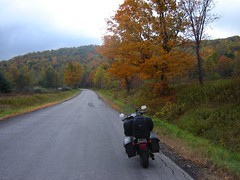No matter the destination, a road trip can promise freedom and adventure. Whether a road trip lasts a few days or a few weeks, being properly prepared for some time on the road can enhance your enjoyment of the trip. Everybody has their own packing list when they set out on a journey, but there are a few things considered necessities for a road trip.
Destination aids can be high or low tech. Paper maps are always available for just about any region, but a GPS device with turn-by-turn directions can be purchased at a reasonable price. Many cell phone companies offer monthly or daily rates of service for GPS enabled cell phones. Part of the fun of a road trip can be exploring the road less traveled, but if there’s a tight schedule and the trip requires spending quite a bit of time in one region, purchasing a regional guide or ordering free brochures from state or local departments of tourism can help make the most of the trip planning.
Bring along copies of your documents. In case of emergencies, loss, or theft, it’s important to have copies of credit card numbers, passport pages, roadside assistance information, and travel insurance documents in a safe place. Having all the account numbers accessible, will make things easier if credit cards have to be canceled, or a claim has to be made on your travel insurance policy.
Ideally, all road trips will go smoothly and be hassle-free. In the event, that a flat tire or a dead battery threatens to ruin the trip, most automotive stores sell car emergency kits or you can make your own. Flares, a tire jack, tire gauges, a tire inflator, jumper cables and a flashlight are a few of the basics that all cars should carry in their trunks. A blanket, towel, duct tape, and garbage bags are a few miscellaneous essentials that can help out in emergency situations.
A cooler with some ice or an electronic cooler that plugs into the car is a handy thing to have on the trip. Restaurants may not always be available when hunger sets in and a picnic on a beach may seem like a better option. Having the ability to grab a cold drink or make sandwiches along the way can also save some time and money.
Now that essentials have been taken care of, it’s time to consider entertainment. Road trips can be a lot of fun, but music makes it even better. CDs and an MP3 player should find their way into the car. Whether you’ll be camping or spending the night in a hotel, it’s never a bad idea to bring along some games and a good book.
A cell phone is a must-have on any road trip, and a pre-paid TracFone can be purchased cheaply. People who enjoy technology may also want to bring along a laptop computer to keep in touch with friends at home or download pictures from their digital camera. Whether the camera is film or digital, a camera should come on the trip to capture all those memories.
With a little preparation and planning a road trip can be a breeze. Having the right safety and communications equipment, along with entertainment and refreshments, allows you to have a good time with few worries!






